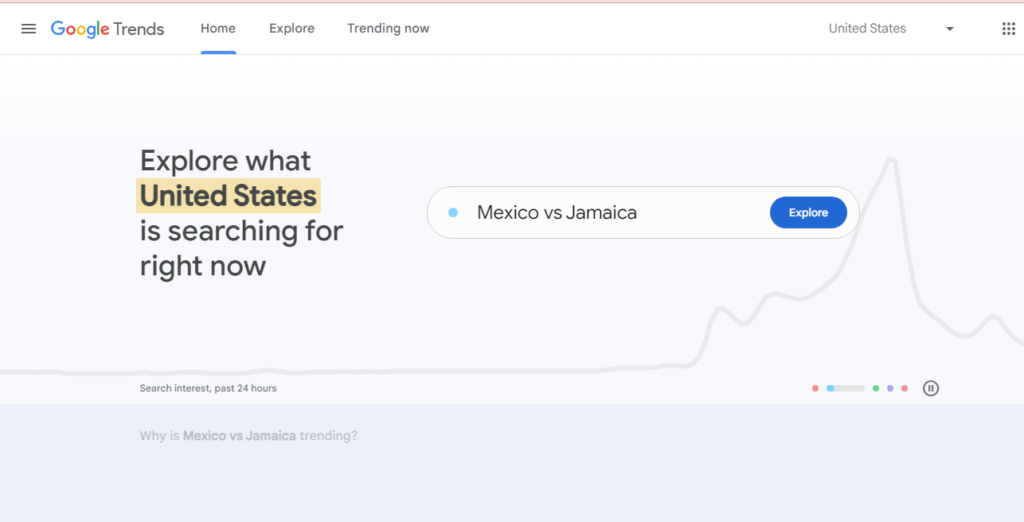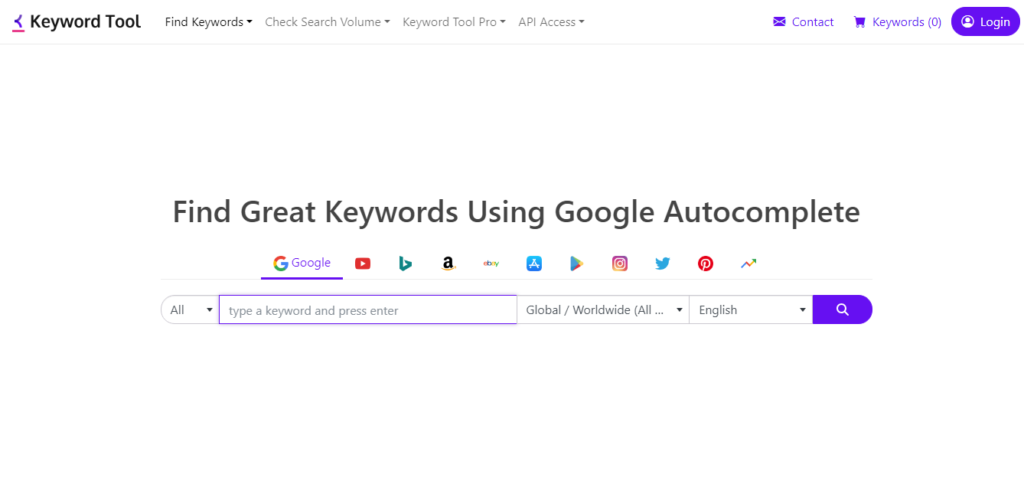
Google Trending Searches is one of the most critical factors for SEO. It tells you what people are searching for and how they are searching. This information can help you rank on SERP (Search Engine Results Page). This article will discuss what Google Trending Searches are, why they are essential, and how you can use them to improve your SEO. We will also discuss some alternatives to Google Trending Searches that you may find helpful.
What Are Google Trending Searches?

Google Trending Searches is a feature of Google Trends that allows you to see what people search for on Google. You can use this information to help you improve your SEO. This is important because it tells you what people are interested in and how they search. This means you can use this information to target your keywords and improve your ranking on SERP.
Google Trends For Marketers In A Dynamic Environment
Google Trending Searches is a critical tool for SEO in today’s dynamic environment. As the world changes, so do people’s interests. This means you must constantly be updated on what people are searching for to improve your ranking on SERP. Google Trending Searches allows you to do this by giving you information on what people are searching for and how they are searching.
- Quickly Find Popular Terms and hashtags.
One of the most significant advantages of Google Trending Searches is that it helps you quickly find popular terms and hashtags. This is essential because it allows you to target your keywords more effectively. It also allows you to use popular hashtags to improve your visibility on social media.
- Explore Your Topics & Interests
Another great advantage of Google Trending Searches is that it allows you to explore your topics and interests. When you look for a term on Trends, you’ll see a graph showing the term’s prominence after some time. Drifting your mouse over the chart uncovers a number, which reflects listed search interest — the number of searches finished for the specific term compared with the complete number of searches done on GNotwithstandingtanding, what you see on the landing page, you can investigate and measure revenue anytime.
Comparing Search Terms
You can also compare search terms on Google Trends. This is helpful because it allows you to see how popular a term is relative to other terms. It also allows you to see how interest in a term has changed over time. To compare search terms, simply enter the terms into the “Compare Terms” box on Google Trends.
Narrowing Your Search By Time
You can also narrow your search by time on Google Trends. This is helpful because it lets you see how interest in a term has changed over time. To narrow your search, enter the terms into the “Narrow by Date” Google Trends trends.
Finding Related Topics Or Queries

If you want to find related topics or queries, you can Google Trends Trends. Enter the terms into the “Explore Similar Topics” Google Trends trends. This is helpful because it lets you see what other people search for related to your topic.
- Be Geographically Relevant
Expanding Your Search By Geography
If you want to expand your search by geography, you can Google Trends Trends. This is helpful because it allows you to see what people in other countries are searching for related to your topic. Enter the terms into the “Expand Your Search” Google Trends trends.
Refining Your Search By Region Or City
If you want to refine your search by region or city, you can Google Trends Trends. This is helpful because it allows you to see what people in a specific region or city are searching for related to your topic. Enter the terms into the “Refine Your Search” box on Google Trends.
- Refine Your Insights With Filters
To refine your insights, you can use Google Trends trends filters. This is helpful because it allows you to see different aspects of the data that you wouldn’t be able to see without the filter. To use a filter, enter the terms into the “Filter” Google Trends trends.
Some filters that you can use are:
Filtering Across Properties
You can investigate patterns across Google Search, Image Search, News Search, Google Shopping, and YouTube Search.
Use case: Imagine you’re a supermarket that needs to comprehend what dynamic dietary patterns mean for your showcasing technique. You could concentrate your “food” research on Google Search and Google Shopping properties and look at related questions to recognize which of your items are popular and liable to affect the volume of your deals for the time being.
Using Punctuation to Filter Search Results
You can use Punctuation to filter your Google Trends results. This is helpful because it allows you to see different aspects of the data that you wouldn’t be able to see without the filter. To use a filter, enter the terms into the “Filter” box on Google Trends.
- Saving & Sharing Your Search
You can Google Trends trends if you want to save or share your search. This is helpful because it allows you to keep your search, return to it later, or share it with others. Enter the terms into the “Save & Share” box on Google Trends.
Note that Google Trends utilizes its catchphrase-matching instrument. This is the way different accentuations can influence this pursuit in Trends:
- Grocery list – With no accentuation, your outcomes will contain the two words in any request alongside different words. No incorrect spellings, spelling varieties, equivalent words, or plural or particular renditions of your terms will be incorporated. For instance, staple rundown for isolation, Covid essential food item list, rundown of supermarkets, etc.
- “Grocery list” – Double quotes around your term give results that incorporate that definite term, potentially with words previously, then after the fact (grocery list basics, for instance).
- Pantry + recipe – Results can incorporate the words storage room OR recipe.
- Yogurt + yogurt + yogurt – Results will incorporate elective spellings (yogurt or yogurt) and regular incorrect spellings.
- Lunch – box – Results will incorporate the word lunch, yet avoid the word box. This is helpful while looking through a term essential for an expression flooding the web and dangers ruling your outcomes.
To incorporate incorrect spellings, equivalent words, related looks, close varieties of the term, and interpretations in any language, select subjects instead of looking through terms.
- Refining Your Results Using Categories
If you want to refine Google Trends’ trends results, you can use categories. This is helpful because it allows you to see different aspects of the data that you wouldn’t be able to see without the filter. To use a filter, enter the terms into the “Filter” Google Trends trends.
Use The Best Alternative To Google Trends For Keyword Research
Google Trends is a helpful tool, but it has its limitations. If you want to get the most accurate and up-to-date data, you should use a paid keyword research tool like:
- SEMrush
SEMrush is the best alternative to Google Trends because it offers more accurate and up-to-date data. It also allows you to research keywords in-depth, including competitor analysis and keyword difficulty.
If You’re Looking For A Free Alternative To Google Trends, You Can Try:
- KeywordTool.io

KeywordTool.io is a free alternative to Google Trends trends that offer more accurate and up-to-date data. It also allows you to research keywords in-depth, including competitor analysis and keyword difficulty.
Conclusion
Google Trends is a helpful tool for marketers, but it has limitations. If you want the most accurate and up-to-date data, use a paid keyword research tool like SEMrush. If you’re looking for an accessible alternative to Google Trends, you can try KeywordTool.io.
What are your thoughts on Google Trends? Have you found it to be helpful in your marketing efforts? Let us know in the comments below!
Happy researching! 🙂
Also Read: A Complete Guide To Google Trends For SEO








No Comments